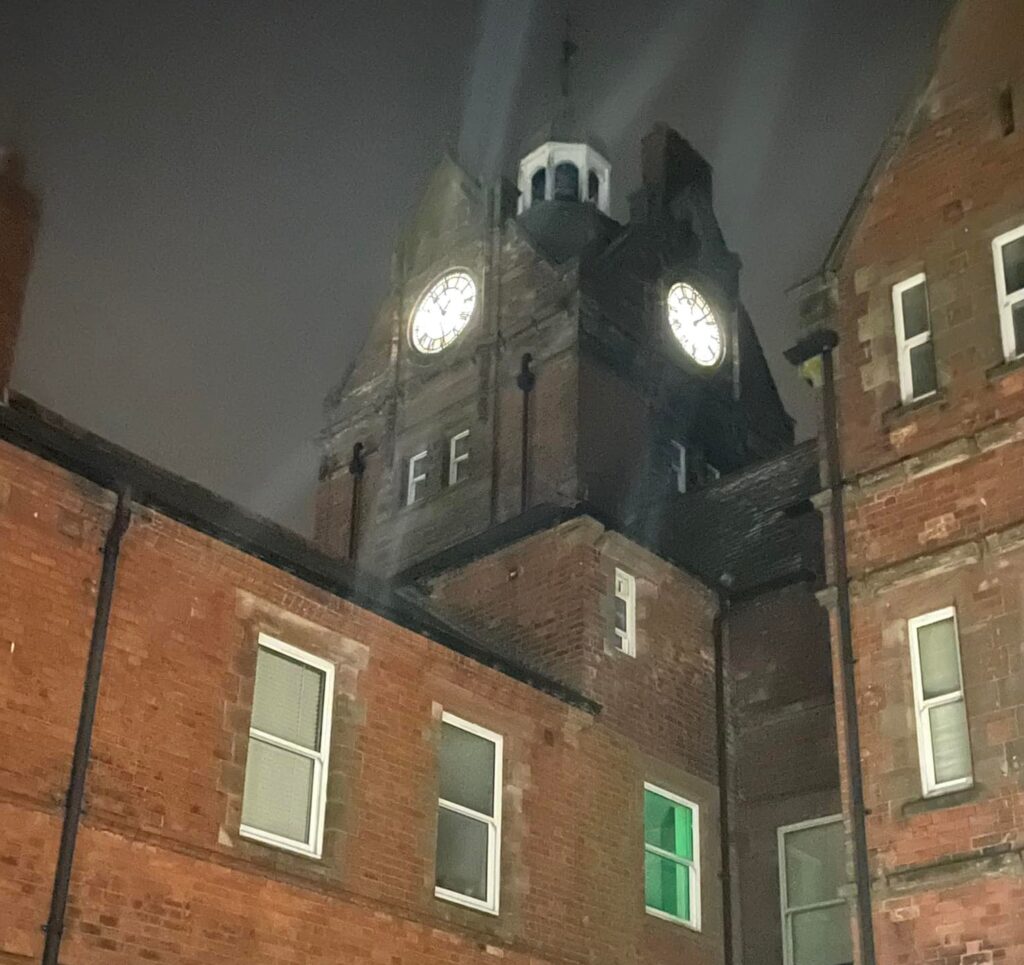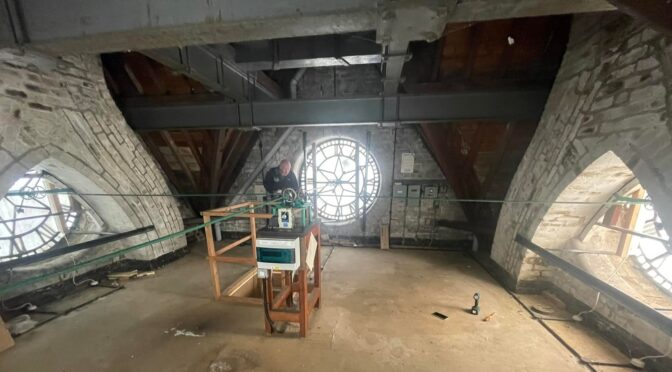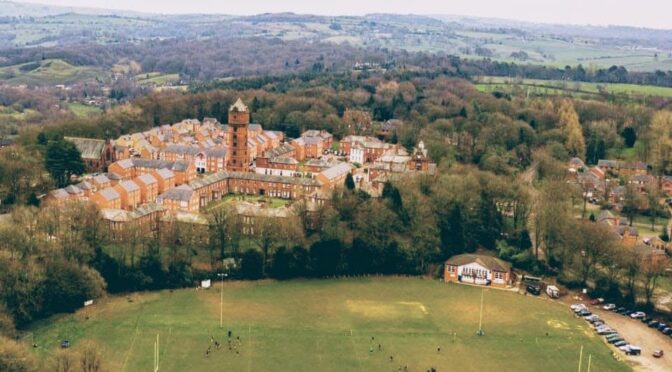What is a listed building?
A building is listed when it is of special architectural or historic interest considered to be of national importance and therefore worth protecting.
As the term implies, a listed building is actually added to a list: the National Heritage List for England. You can use this to discover whether your home is listed and if so, what grade it is.
You may also be able to find out what is particularly significant about the building. Some listing records are more detailed than others.
Listed buildings come in three categories of ‘significance’:
- Grade I for buildings of the highest significance
- Grade II* and
- Grade II
Most listed building owners are likely to live in a Grade II building as these make up 92% of all listed buildings.
How does listing affect owners?
Listing means there will be extra control over what changes can be made to a building’s interior and exterior. Owners will need to apply for Listed Building Consent for most types of work that affect the ‘special architectural or historic interest’ of their home.
For more detail on applying for consent, please see Who Do I Contact?
What parts of the building does listing cover?
Listing covers a whole building, including the interior, unless parts of it are specifically excluded in the list description.
It can also cover:
- Other attached structures and fixtures
- Later extensions or additions
- Pre-1948 buildings on land attached to the building. (In the planning system, the term ‘curtilage’ is used to describe this attached land.)
Because all listed buildings are different and unique, what is actually covered by a listing can vary quite widely. It is best, therefore, to check this with your local planning authority.
For more detail on listing, see the Guide to Heritage Protection: Listed Buildings.
How do I find out if my building is listed?
If you think your home is listed but are unsure, the best place to start is our Search the List page. This allows you to search the National Heritage List for England by postcode or keyword. If you have your postcode to hand we recommend using the map search. This allows you to determine more clearly whether your building is listed and at what grade.
If you cannot find your building or are still unsure, please contact your local authority or our National Heritage List for England Helpdesk at heritagelistenquiries@HistoricEngland.org.uk.
Page Information From Historical England



